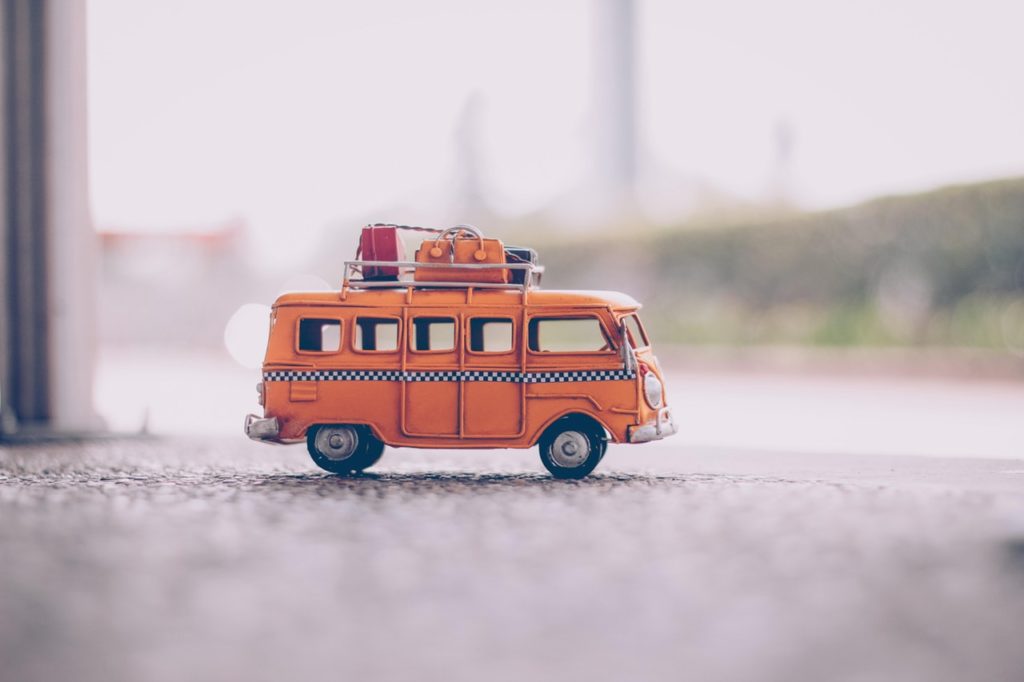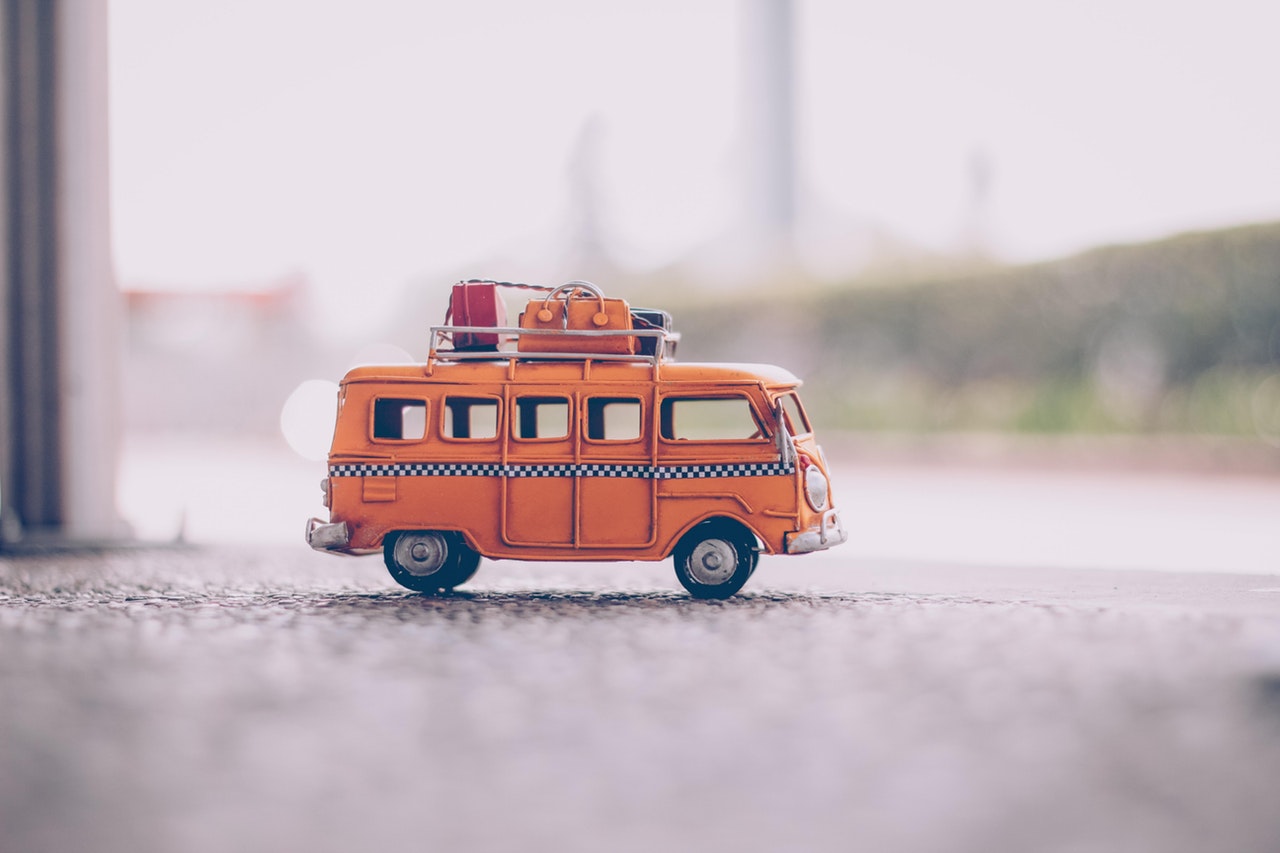
Traveling can be expensive if you let the little things pile up. First, there are the costs to get to and from your ultimate destination. Next, there are the costs of lodging, eating, and sightseeing. And, finally, there are more transportation costs such as those for traveling between sites on your vacation. That’s a lot of transportation. So how can you cut down on how much of a financial impact it takes?
Consider All the Fees
If you’re planning a trip, don’t be surprised by all the costs involved. This means including estimates for bus fares and taxis or even the various fees associated with renting a vehicle. There are ways to cut back on many of these fees, but if you choose to rent a vehicle you may be required to ensure it. As a means of saving, be certain to get cheap insurance quotes before arriving and include them in your budget.
Choosing a Flight
If your trip requires flying, sometimes the largest transportation costs are the flights themselves. There are three good recommendations which can help reduce these costs: 1) Buy your tickets well enough in advance, after tracking the cost changes; 2) Use websites that search across a variety of airlines and combinations to provide the lowest offerings; and 3) Choose to fly in the middle of the week or less popular times to avoid the inflated ticket costs.
Centralize Your Itinerary
If you have a lot of places you want to see, it might become easy to switch from one place to the next during your stay. By cutting down on the number of times you switch your lodging and by focusing on finding a location central to many of the places you want to see, you will be able to significantly reduce costs.
Seek Out Public Transportation
Taking a bus or a subway might take a little extra planning – like knowing the schedule, the routes, and how to get tickets – but taking a taxi or even using a ride-sharing app will be far more expensive. Of course, not every area you may travel to has the option of public transportation. If it is available, however, your wallet will be grateful if you use it – just be mindful of hours of operation. Another piece of advice would be to learn the local language enough that you can understand signage while using something like a subway system.
Get A Little Exercise
Sometimes the distance between places isn’t as far as it seems. In fact, walking around may get you places faster in some cases than waiting for and taking public transportation. Another option is to look for bike rentals or even to pack roller blades. Depending on how adventurous you are in alternative transportation, you can make new opportunities for sightseeing – all while exercising – if you come prepared. Besides, traveling on the ground with your own energy sources means you will see a lot of things you may have otherwise missed and you’ll be able to stop in any shop on a whim.
Come Prepared on Taxi Rates
If you are hoping to take a cab, one thing you can do for yourself is come up with the research beforehand. How much are taxis and how much are you willing to spend? Perhaps you don’t wish to take a taxi to every part of town – but knowing when and where taxis cost the most, you could come up with some creative solutions. For example, with a little bit of planning, you can opt to ride a bus to one point and catch a cab from the station to your ultimate destination.
It all depends on how much time you have or how much money you are willing to spend. And, if you know what rates should be before you accept a cab, you can haggle with confidence with prices that you know are too high. A great way to check out ride-sharing apps ahead of time is to use RideGuru – a site that compares all sorts of taxi costs without having to download so many apps.
Traveling through the Night
Sometimes finding tickets on public transportation like buses or trains that travel during the night are cheaper and more plentiful options. Although not the most comfortable solution, one perk is you don’t need to find an accommodation if you sleep the night while aboard. The downside is you miss the scenery in the night in order to wake up in your next destination. Another thing to consider: depending on where you are traveling, make sure it is considered safe to travel at night. In some countries, this may pose an unnecessary risk, a point at which you’d be better off spending a little more to travel in the day and make sure you arrive safely at your destination. Carpooling with options like UberPOOL is another way to cut costs – and emission impacts.
Be Wary of “Recommendations”
If you haven’t done your research, asking someone for recommendations on transportation could be useful… depending on who it is. Someone on the street with experience using transportation locally may know a thing or two that proves very useful. However, asking someone like a hotel worker could be risky if that hotel has an arrangement with a particular cab company. In other words, perhaps they’re being told to tell you that recommendation. The easiest way to avoid this is to use RideGuru to verify information.
When deciding how to save money on your trip, cutting down on transportation costs can have a significant impact. That being said, cutting so many corners that your trip becomes inconvenient is not necessarily a solution. You’ll have to learn how to strike a balance to make your trip both comfortable and affordable, not to mention safe. With the aforementioned tips in mind, hopefully, you have some new ideas!






